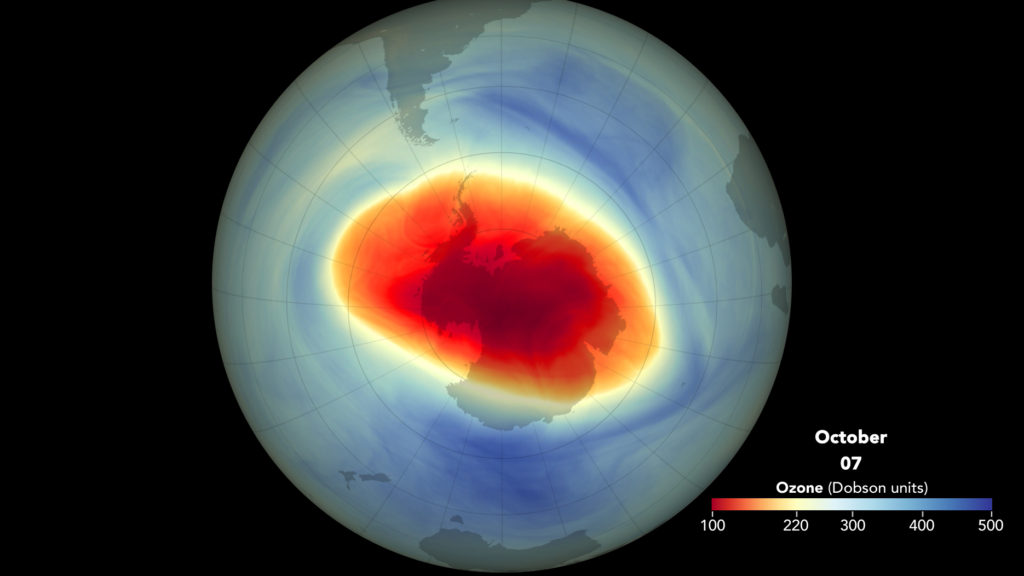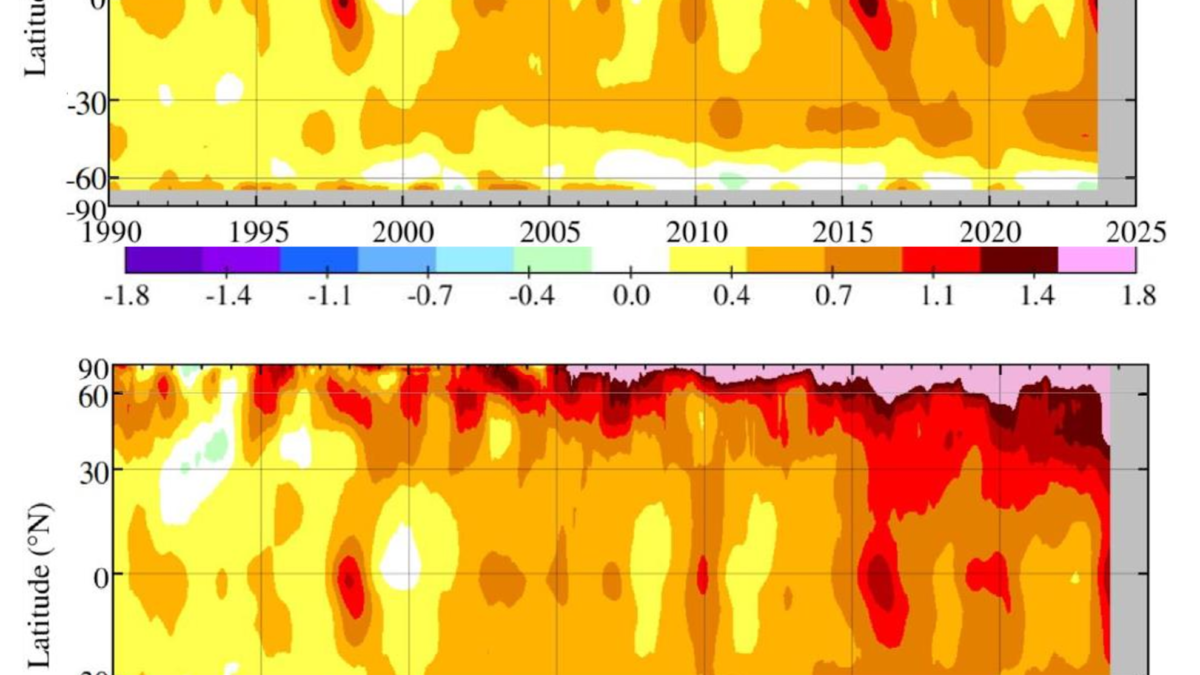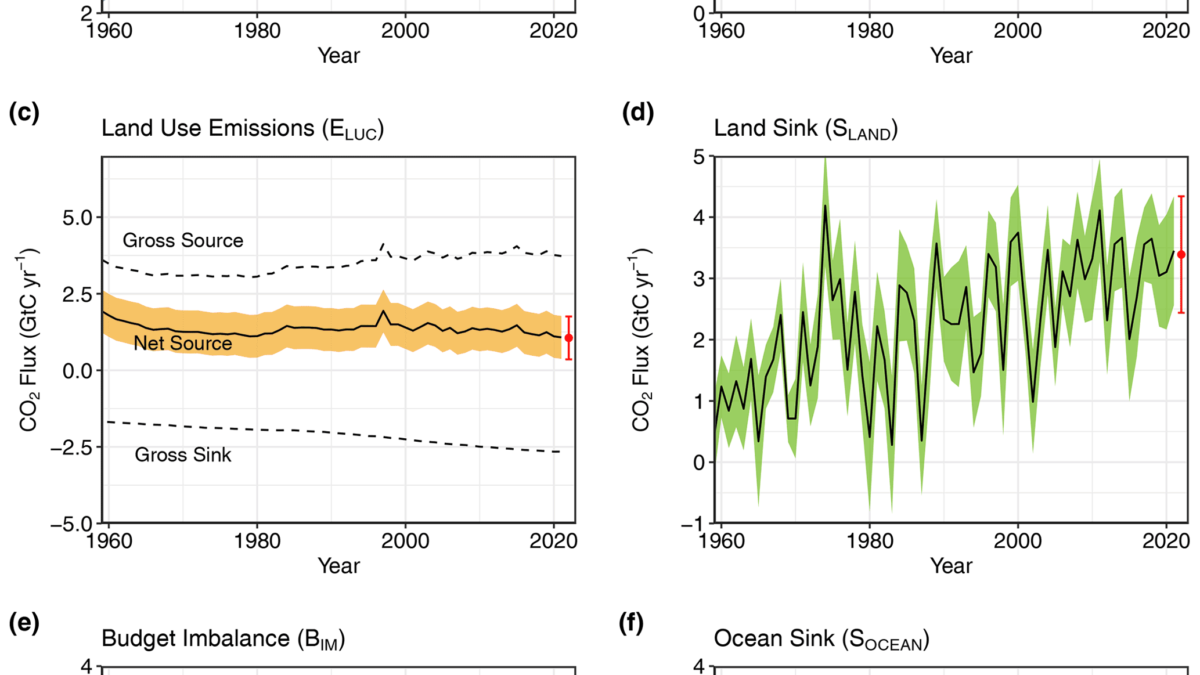Video: Larger-than-average ozone hole over Antarctica in 2021 – Ozone layer recovery slower than anticipated, will be no earlier than 2070

By Elizabeth Howell
5 November 2021
(Space.com) – A new NASA video highlights the giant ozone hole that opened over Antarctica this year.
A cold Southern Hemisphere winter, and possible effects of global warming, have caused the hole to grow to its 13th-largest extent since 1979. The ozone depletion you see in the NASA video is monitored by three satellites operated by NASA and the National Oceanic and Atmospheric Administration (NOAA): Aura, Suomi-NPP and NOAA-20.
NASA released the new video of the Antarctic ozone hole’s growth on Oct. 29. It is expected this year’s hole will close no earlier than late November.
Ozone is a naturally occurring oxygen compound (which humans can also make) that forms high in the upper Earth atmosphere. The natural type of stratospheric ozone forms when ultraviolet radiation from the sun interacts with molecular oxygen in our atmosphere. The resulting ozone acts a bit like sunscreen, shielding the Earth’s surface from ultraviolet radiation.
Unfortunately, chlorine and bromine produced from human activities erode the ozone as the sun emerges over the Antarctic after the polar winter, as the sun’s radiation spurs erosion in that region. The 1987 Montreal Protocol restricts ozone-depleting substances among the nearly 50 abiding nations, but a majority of world nations are not signatories; at least some of that majority do not abide by the protocols. […]
Back when the protocol was signed, scientists suggested the ozone layer would recover by 2060. But the recovery is slower than anticipated and the consensus now appears to be no earlier than 2070, Vincent-Henri Peuch, director of the European Union’s Copernicus Atmosphere Monitoring Service, told Space.com in a recent interview. [more]
See how the huge ozone hole over Antarctica has grown in 2021 in this NASA video


